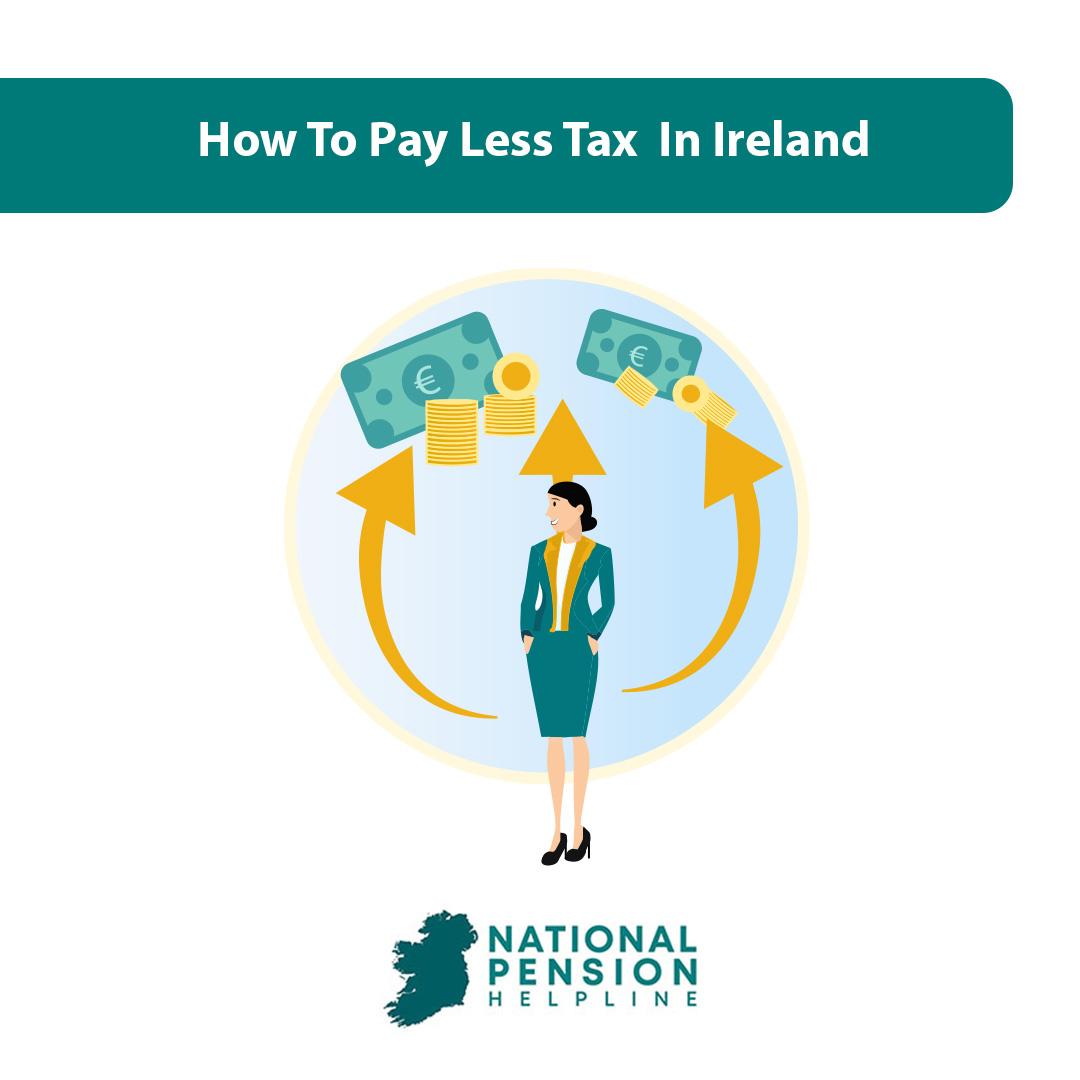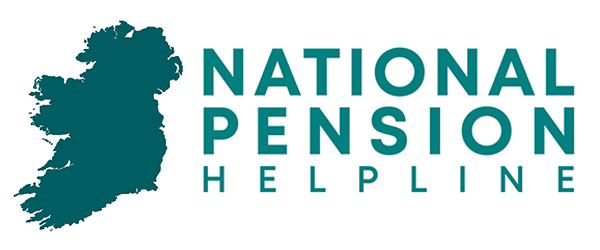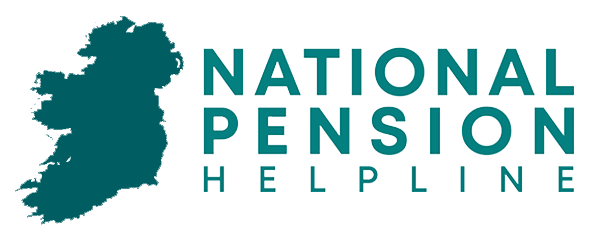If there’s one thing that Irish workers would like to be paying less of, it’s tax.
In 2024, a single worker will enter the higher income tax bracket of 40% as soon as he/she starts earning in excess of €42,000. Ireland arguably has one of the most progressive income tax systems in the European Union when accounting for income tax and universal social charge (USC) i.e. where higher-income individuals are taxed more heavily than lower-income individuals.
According to research carried out by the Irish Tax Institute, at lower salary levels (~€25,000), Ireland has the second lowest effective personal tax rate when compared to France, Germany, Singapore, Sweden, Switzerland, UK and USA.
However, when a salary of €48,000 is assumed, Ireland has the fourth highest effective personal tax rate of all eight countries examined. France, Germany and Sweden are higher primarily due to the fact that Ireland has a comparably low rate of employee social insurance (i.e. Pay Related Social Insurance (PRSI)).
While progressive tax systems are positive for wealth redistribution, an overly progressive system comes with the downside of contributing to what’s commonly referred to as the “squeezed middle class”. In fact, this segment of the working Irish population was targeted by Fine Gael for relief measures in Budget 2024.
Despite this, there are many Irish workers who are looking for some quick wins that could see them reduce their tax bill and/or claim back some tax that was overpaid. In this article, we’re going to discuss 3 ways to pay less tax as an employee in Ireland.
Table of Content
Pension Contributions
Given that you’re reading this article on the National Pension Helpline, we’d be amiss if we didn’t start off our list with pension contributions.
Make no mistake about it, contributing money to a pension is the single most efficient way to pay less tax as an employee in Ireland. If you take anything from this article let it be that. The Irish Government really wants you to save and invest for the future.
In order to encourage Irish workers to engage with the Irish pension system, the Irish Government offers some fantastic tax incentives resulting in more money in our (future) pockets and less money in the taxman’s. If you want to read more about the ‘three stages of tax relief on pensions in Ireland’ in detail you can check out our dedicated article on the topic.
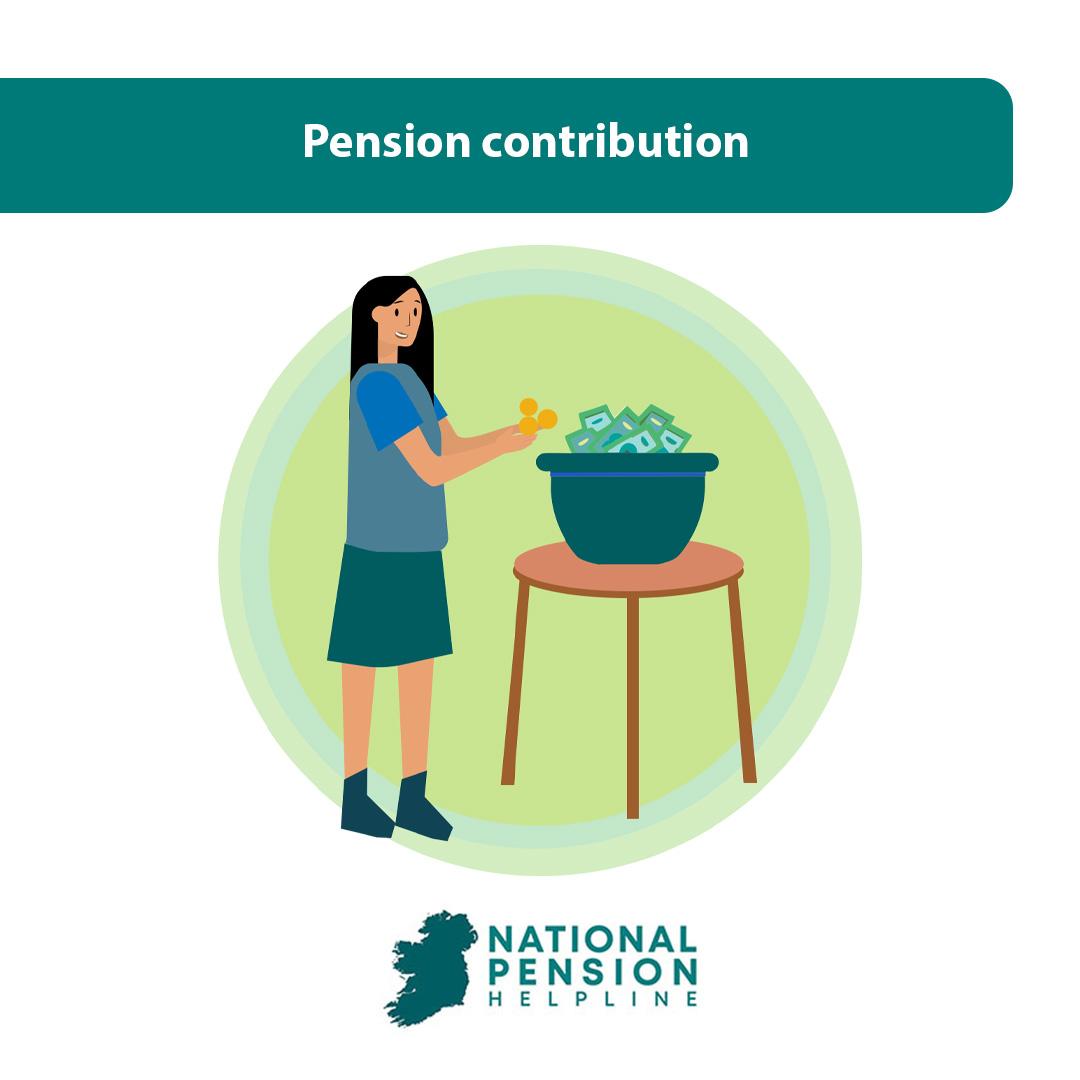
Given that we’re talking specifically about paying less tax as an employee in Ireland, we’re only going to focus on the first stage of pension tax relief which is tax relief on contributions made to a pension. Remember how we said that a single Irish worker in 2024 earning in excess of €42,000 would be liable to income tax at a rate of 40% on every Euro earned over that amount?
Well good news, that same worker will be granted income tax relief at a rate of 40% on contributions made to his/her pension up to the applicable limits.
Say you’re 34 years old and earning €75,000 per annum before tax. If you decided to contribute, say, €10,000 of your salary to a pension over the course of a year (i.e. €833.33 per month) then you’d save €4,000 worth of income tax compared to if you had received that €10,000 (or €6,000 after tax) into your bank account. Reason being, you will pay zero income tax on the €10,000 worth of pension contributions that you make and, seeing as you’re earning over the high rate tax band of €42,000, the relevant income tax rate saved in this case would be 40% i.e. €10,000 * 40% = €4,000 income tax saved.
Another way of looking at this is that you turned €6,000 (which is what you would have received into your bank account) into €10,000 simply by deciding to invest in a pension which, from an investment return perspective, represents an automatic 67% return on investment (ROI).
For context, the average annual return of the S&P 500 since 1957 has been approximately 10.5% or 6.6% after adjusting for inflation. Therefore, Irish workers who make pension contributions are receiving unparalleled levels of investment return in exchange for what is a relatively straightforward and simplistic decision (as compared to the complexities involved of trying to consistently achieve above-market returns via personal investing).
If you are interested in this topic, you can check our deep dive into how regular investing stacks up against pension investing.
Employment Investment Incentive Scheme (EIIS)
The Employment Investment Incentive Scheme (EIIS) is arguably the second best way to pay less tax as an employee in Ireland. The premise of this scheme is to incentivise Irish taxpayers to invest in certain Irish companies which are commonly referred to as “EIIS companies”.
The idea being that these Irish companies are being supported with equity financing which allows them to grow and the Irish investors providing that financing are benefiting from a) tax relief in the year of investment and (hopefully) b) wealth appreciation as the value of their investment grows over time.
EIIS recently underwent some significant changes as part of Finance Bill 2023. From 01/01/2024, the rates of tax relief that is available to Irish taxpayers on EIIS investments are as follows:
This change is positive for those looking to invest in early-stage startups that are potentially pre-revenue and pre-product as 50% tax relief could be available. However, the changes to the other brackets have made EIIS somewhat less favourable than the previous “blanket 40% tax relief” that the scheme previously provided. Read Finance Act 2023.
Irish workers can claim relief on investments up to €500,000 per year in EIIS companies provided the investor holds his/her shares for a period of 4 years. Given the large permissible maximum annual investment amount, EIIS can be a great way for high income taxpayers to reduce their tax bill and invest in a tax efficient manner. That said, EIIS can represent a fantastic tax saving opportunity for any taxpayer that has excess cash and is looking to pay less tax.
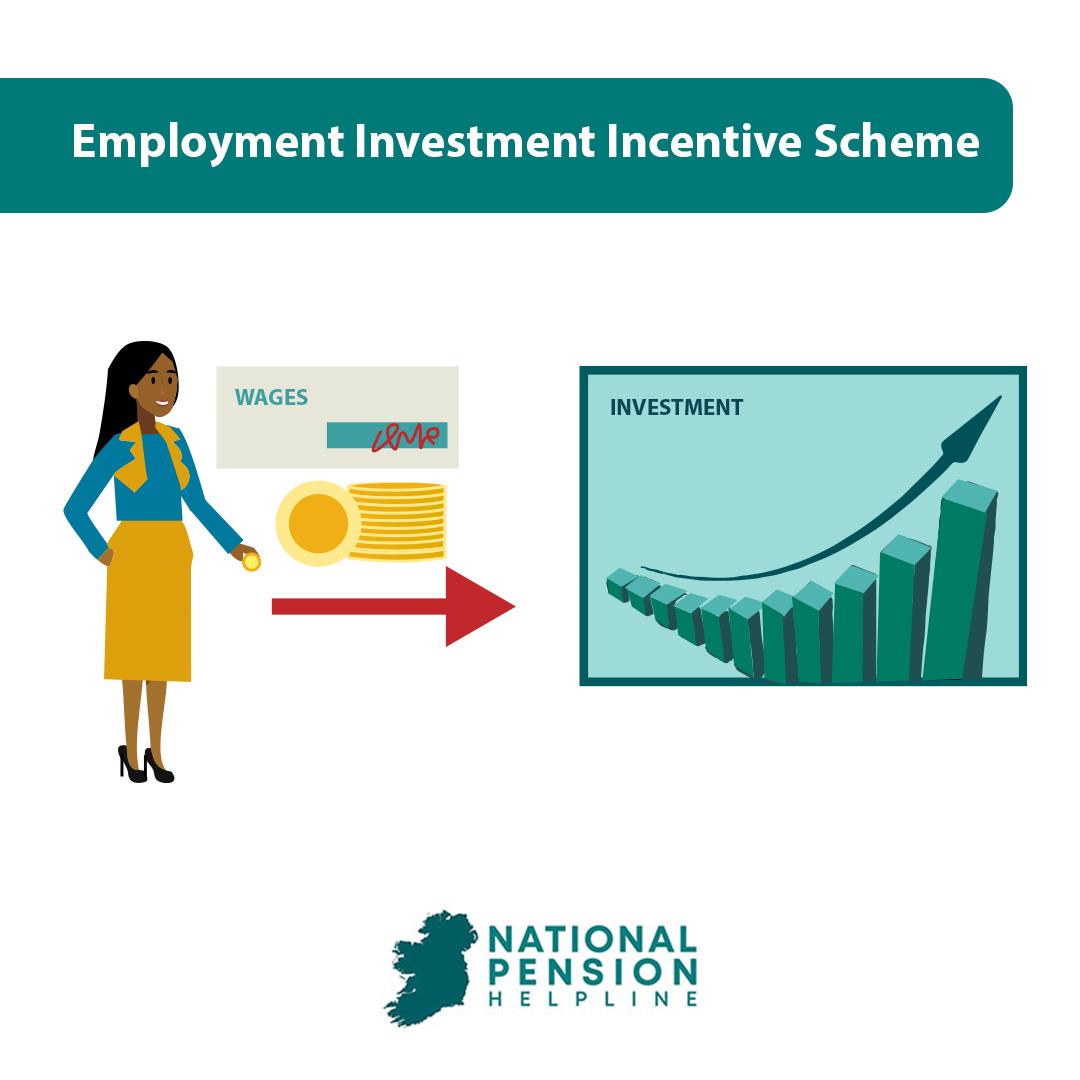
Returns & Reliefs
The final way to pay less tax as an employee in Ireland is to simply engage with your MyAccount on an annual basis. MyAccount is the Revenue portal through which you engage with the Irish tax system as an employee. There are a number of things that you can do via MyAccount in order to claim a tax refund(s). For example:
Statement of Liability
By using MyAccount you can request a Statement of Liability within four years after the end of the tax year to which the claim relates. In other words, you can currently request a Statement of Liability for the tax years 2020, 2021, 2022 and 2023. The purpose of the Statement of Liability is to confirm whether you have either:
PAYE Income Tax Return
MyAccount allows you to complete a PAYE income tax return for a given year of assessment. By filing this return you’ll be able to:
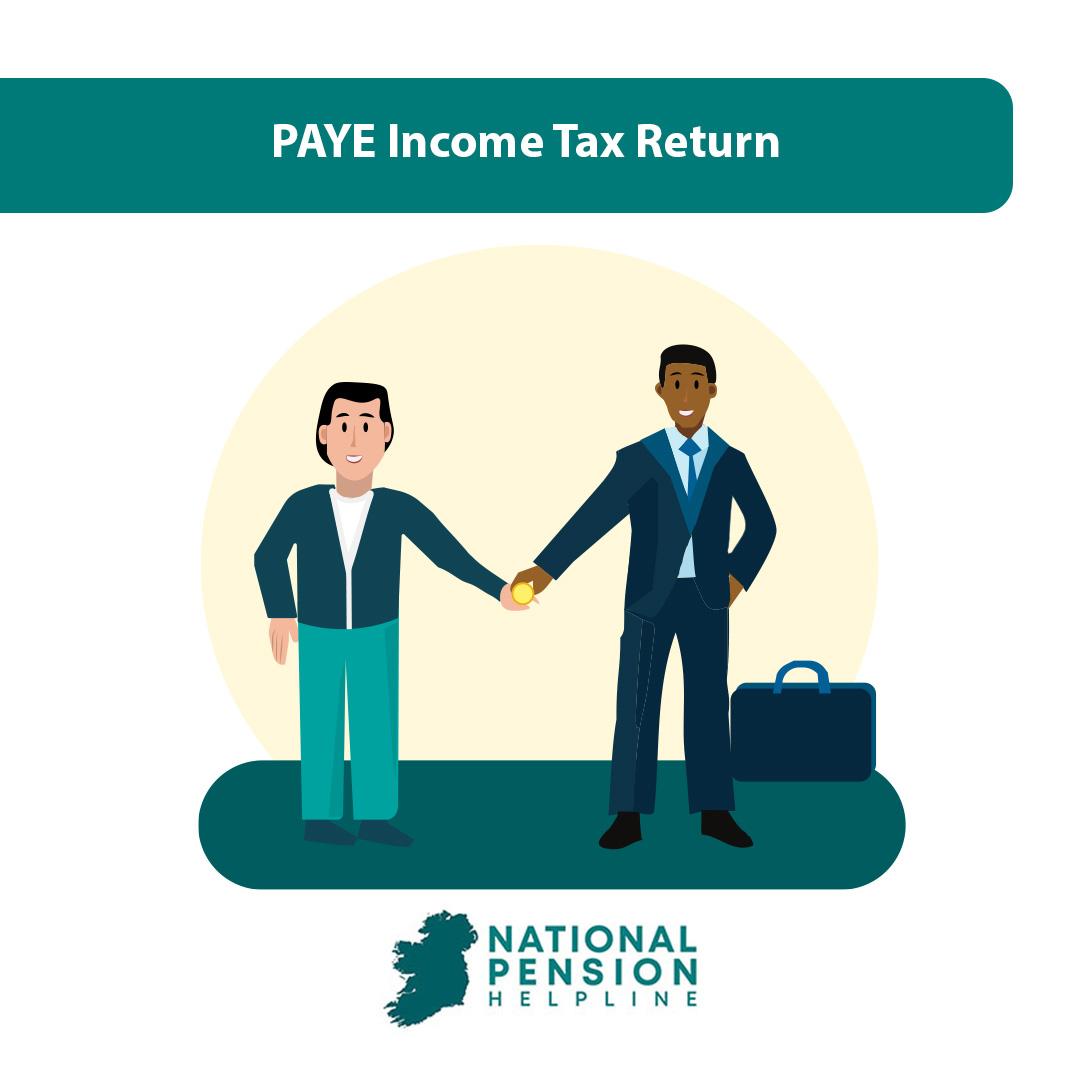
Speak to a financial adviser today
Those are 3 ways to pay less tax as an employee in Ireland.
As we mentioned, by far the best method is to start contributing to a private pension today.
If you’d like to learn more about the best way to go about doing that, the National Pension Helpline has a panel of vetted pension experts who can best advise you on your situation.
Simply fill out our quick Pension Assessment Form for a free consultation and we’ll be in touch within one working day.
